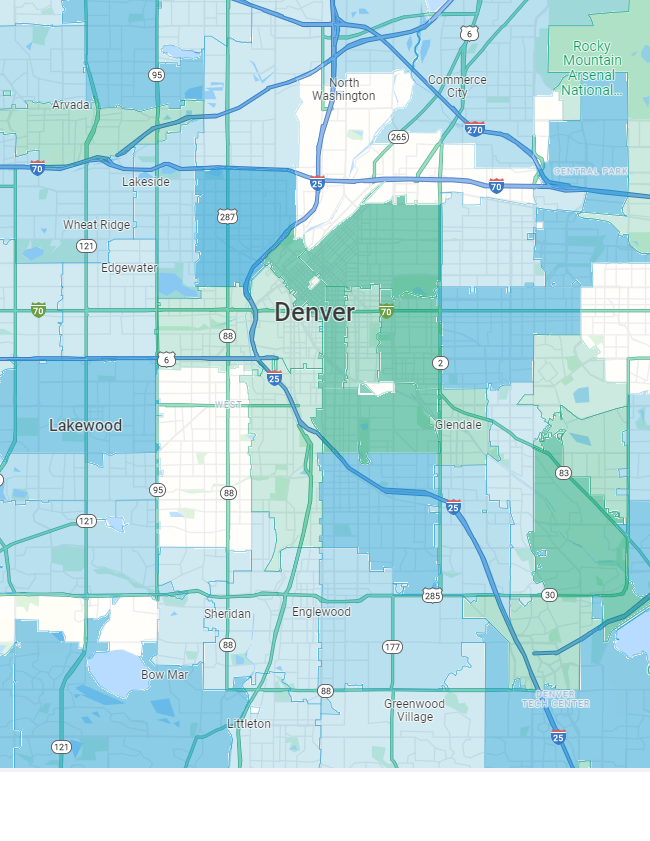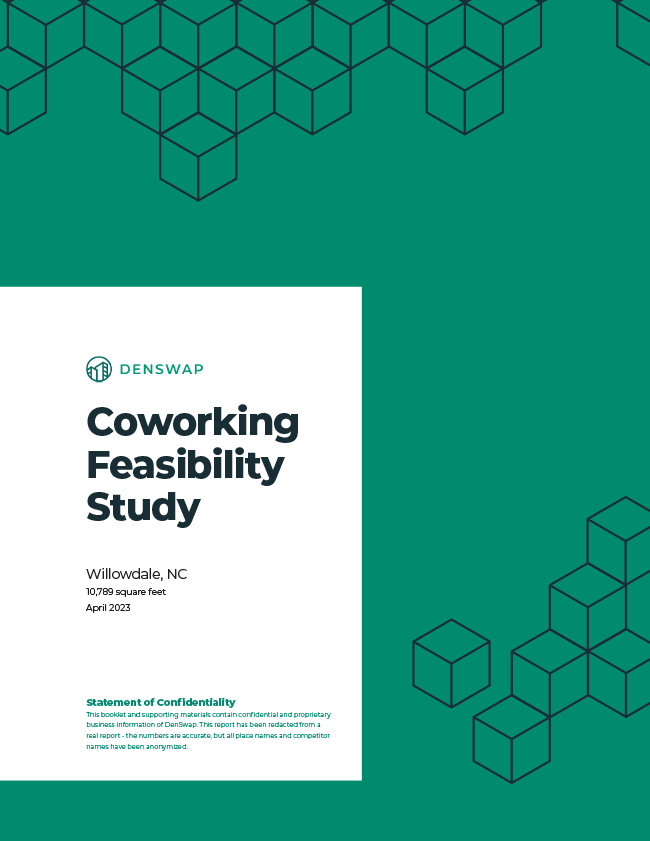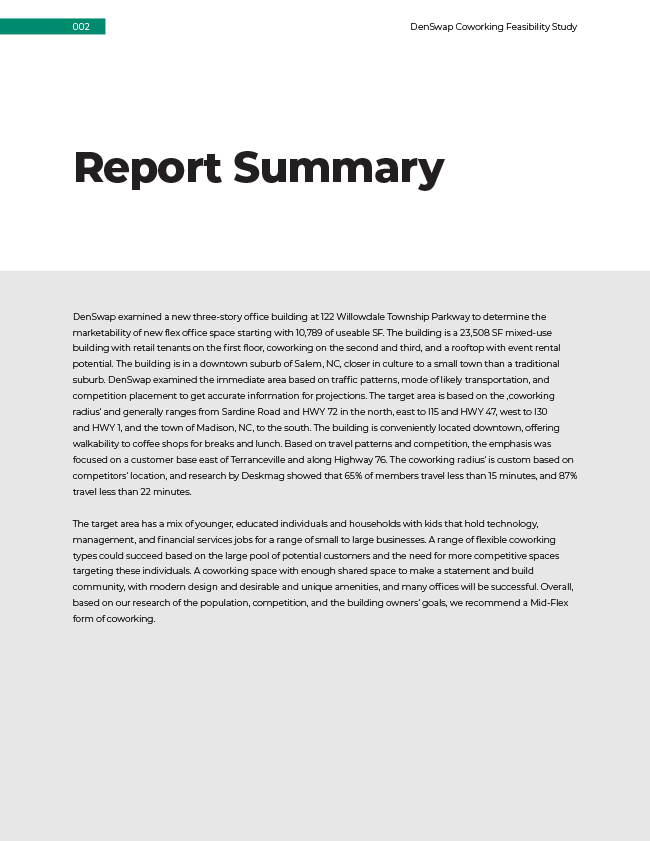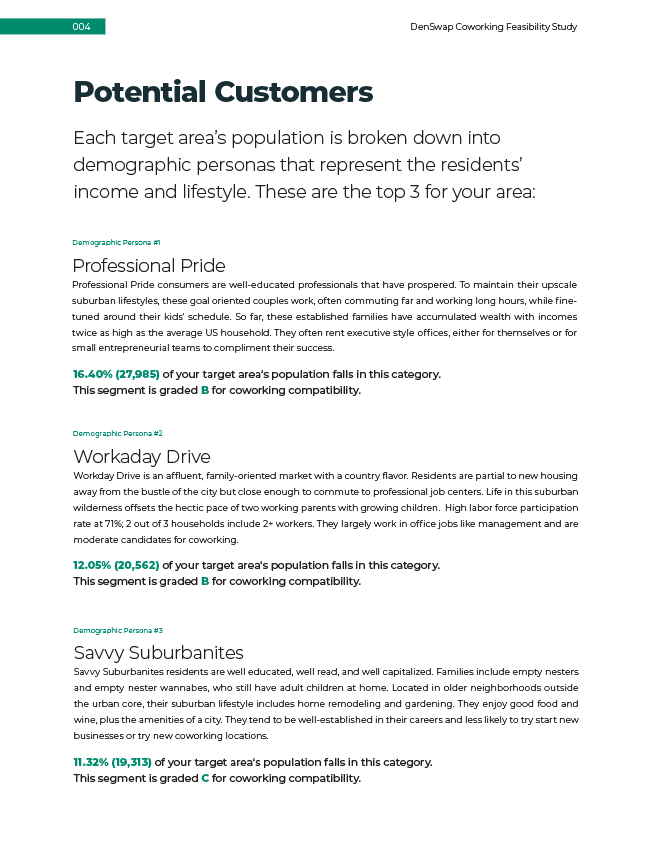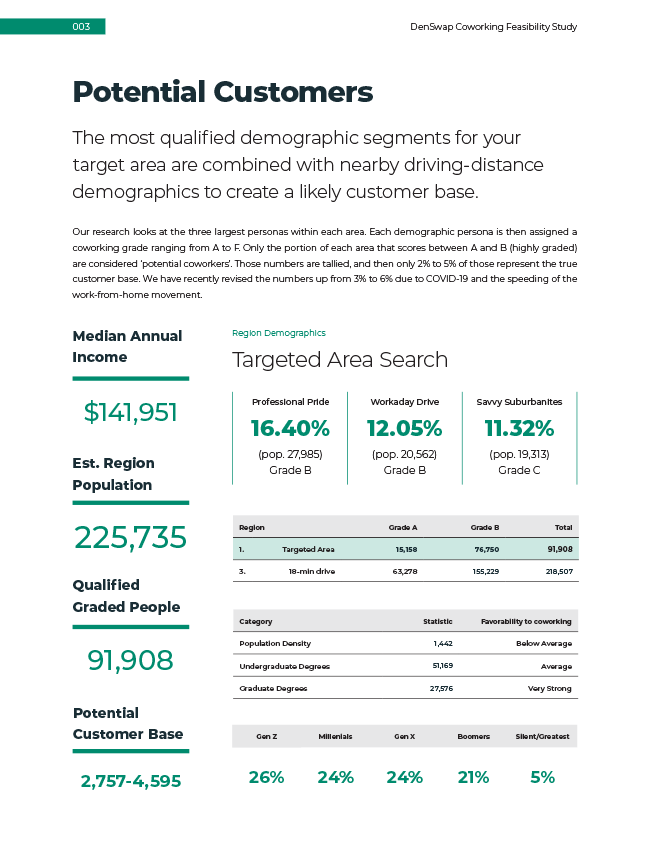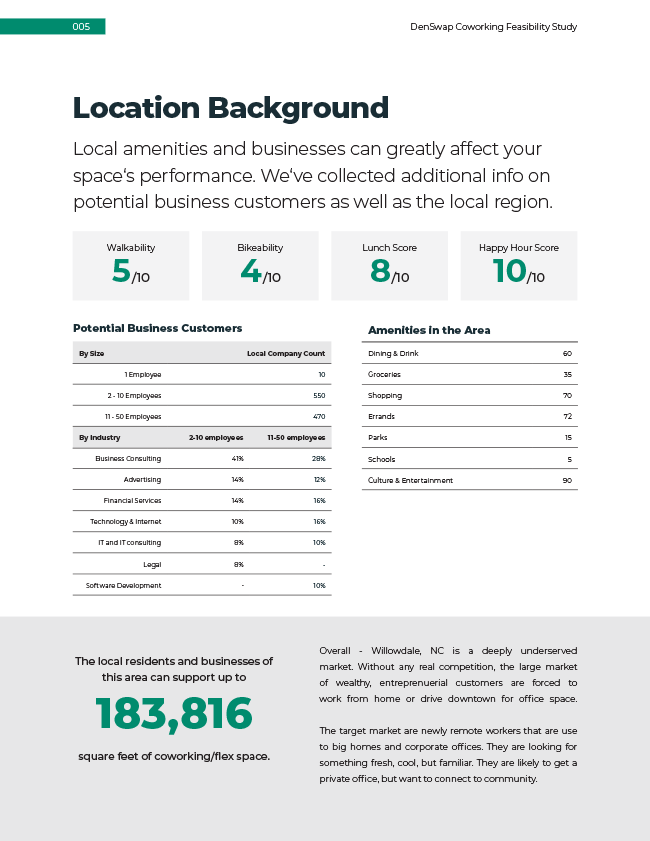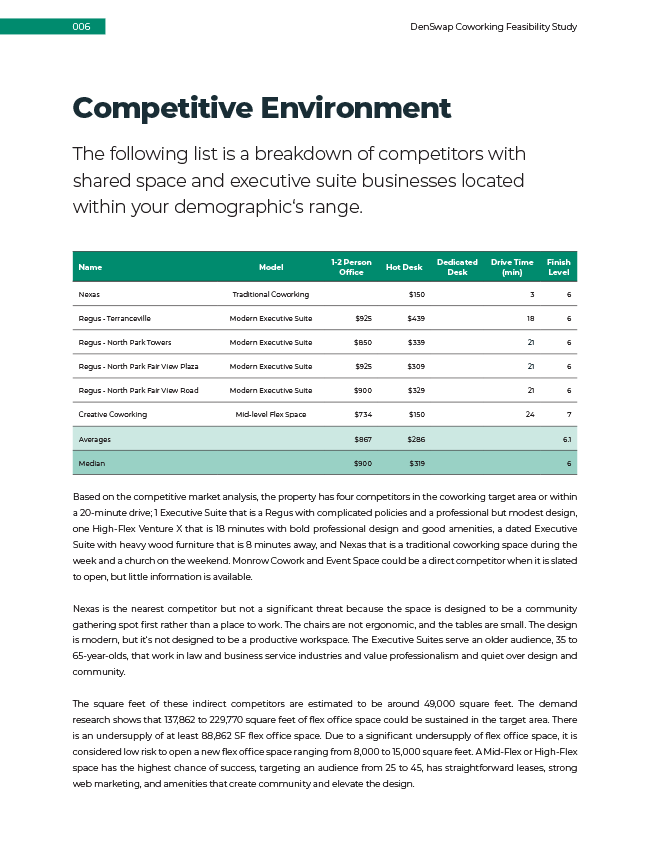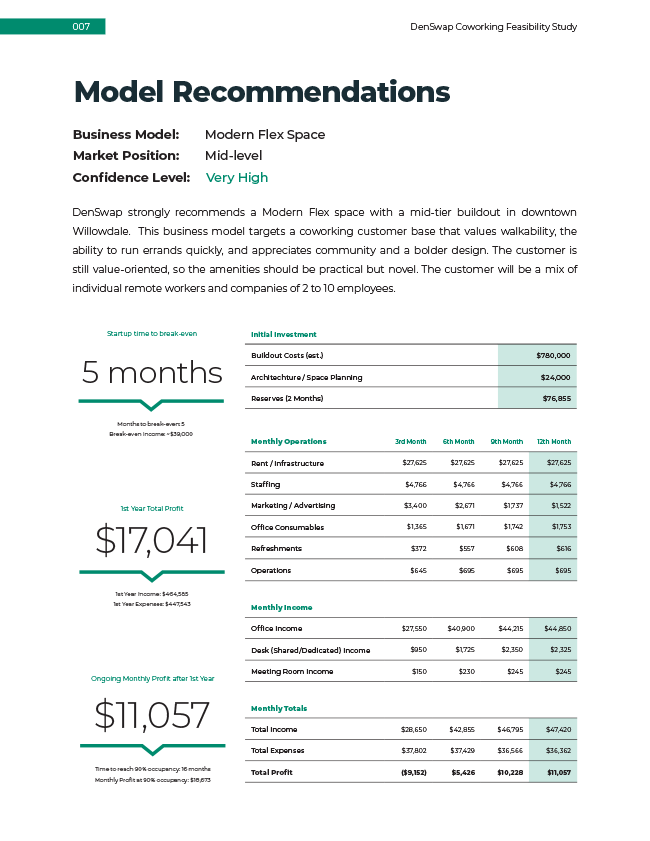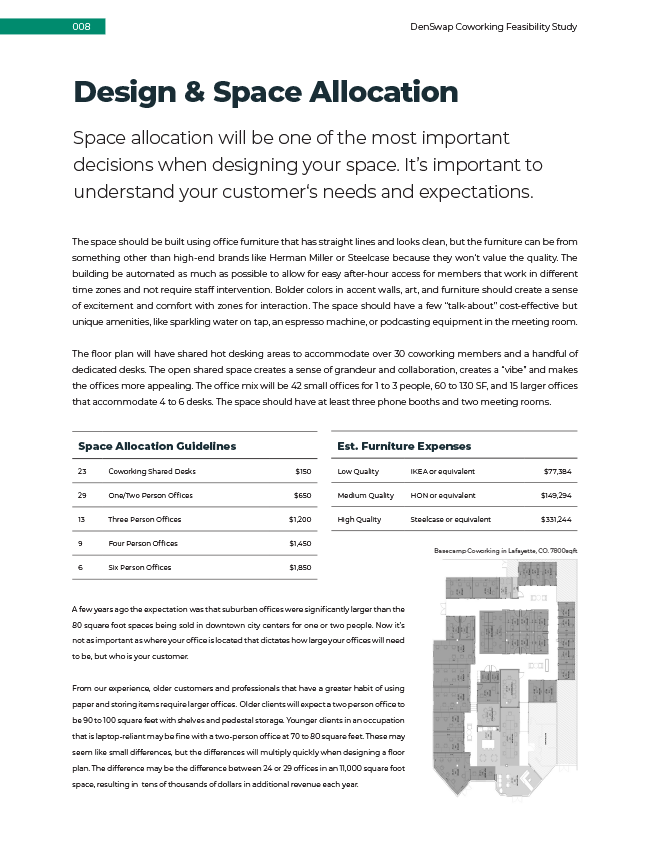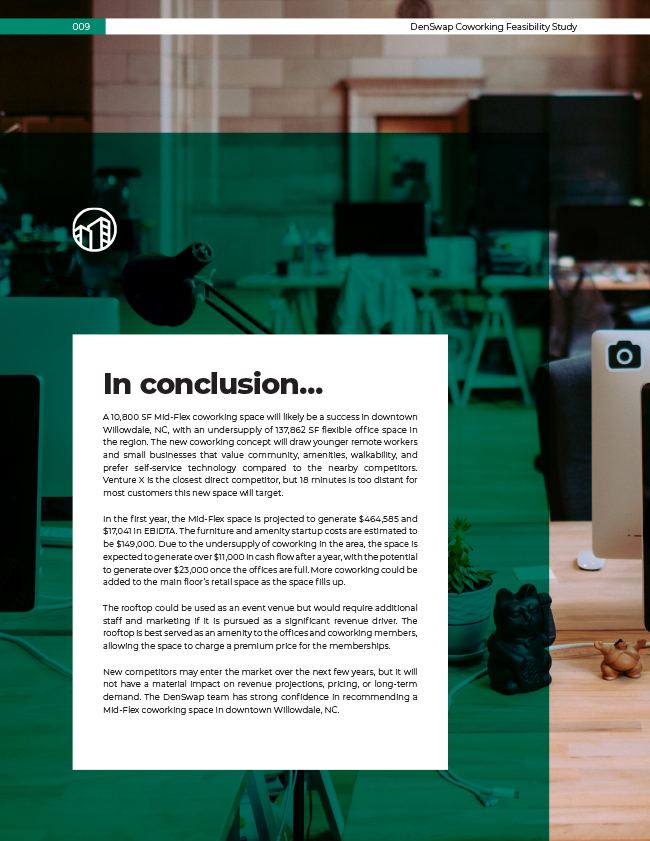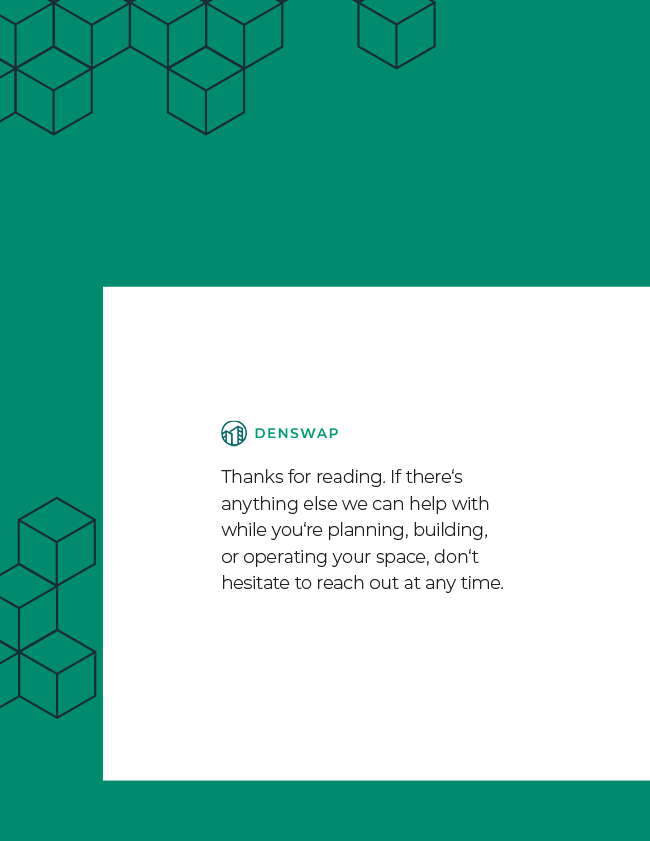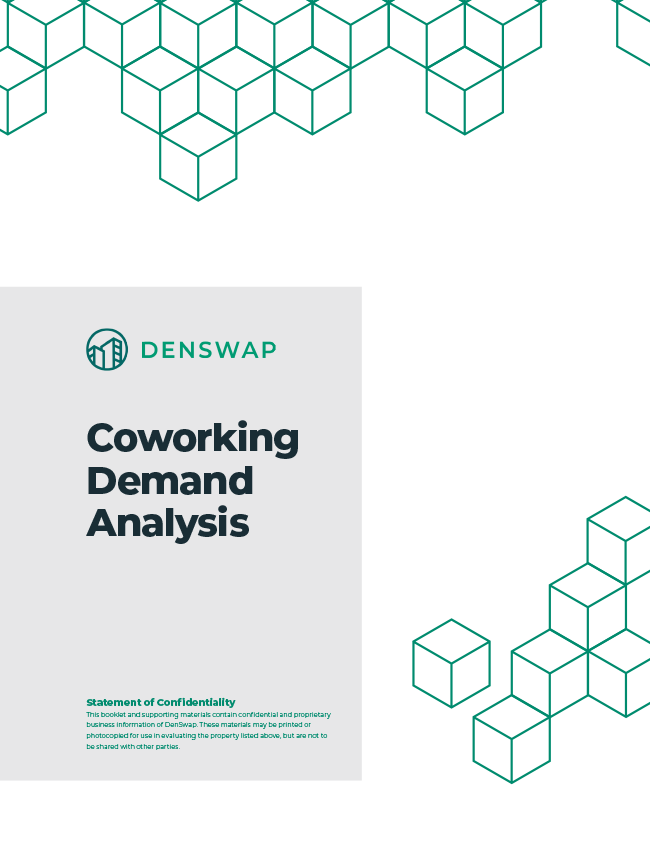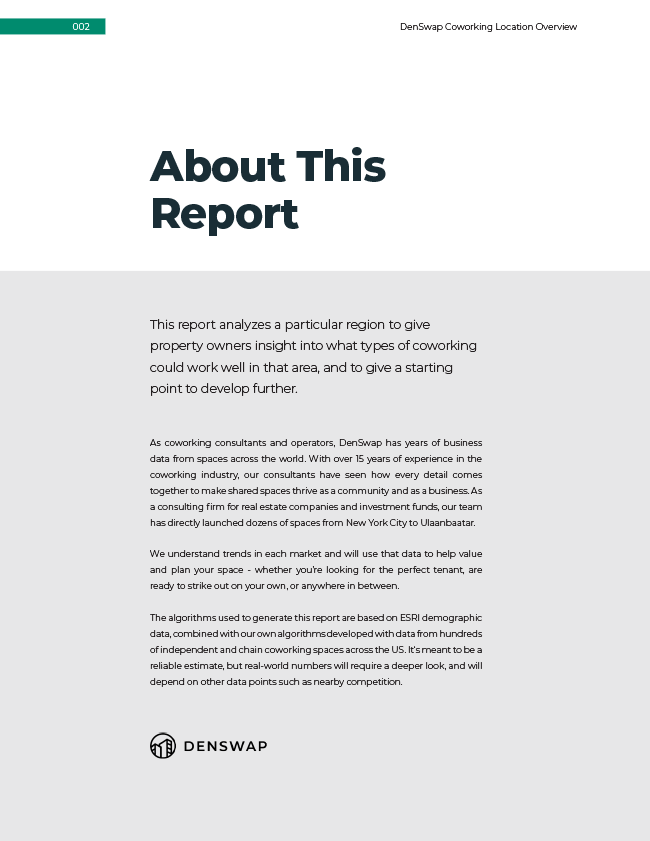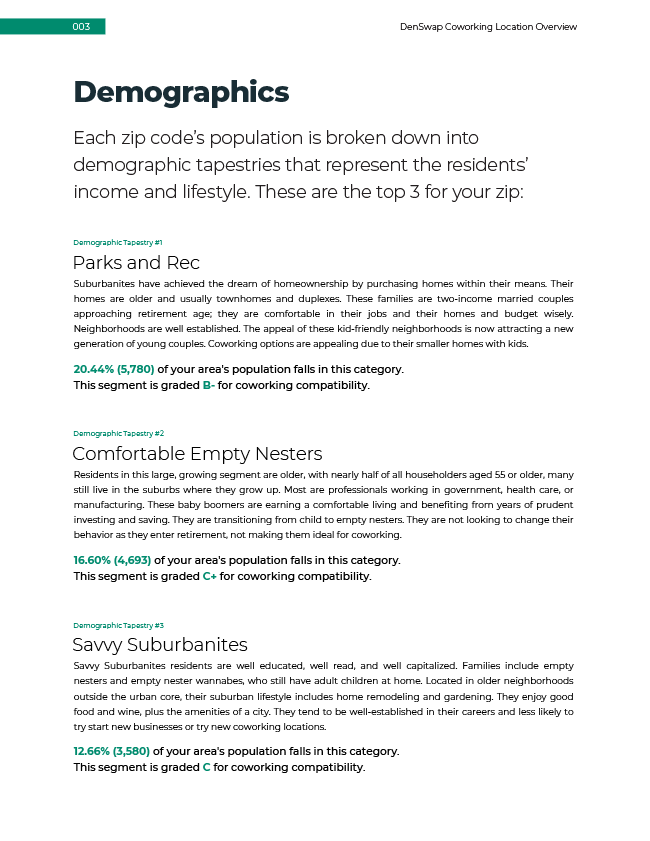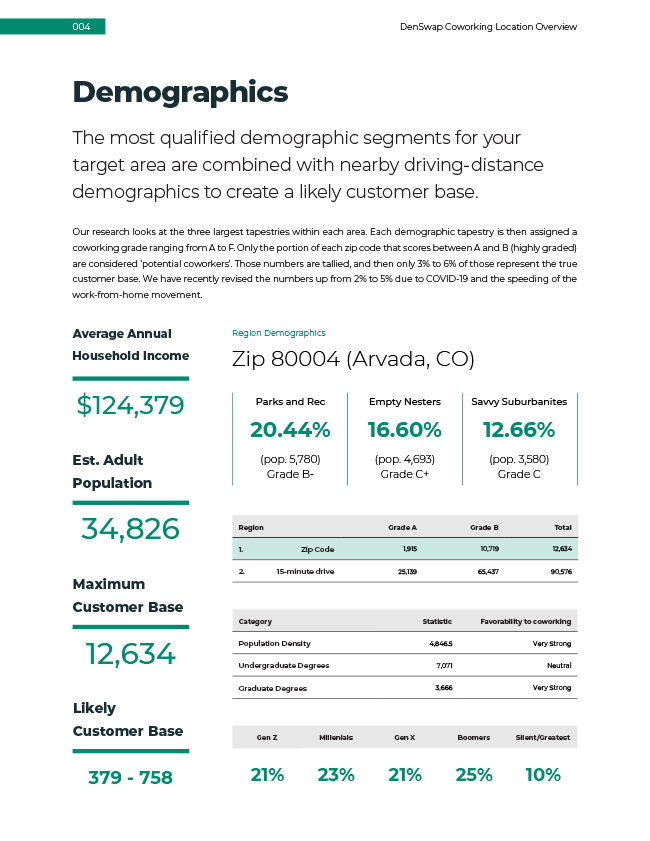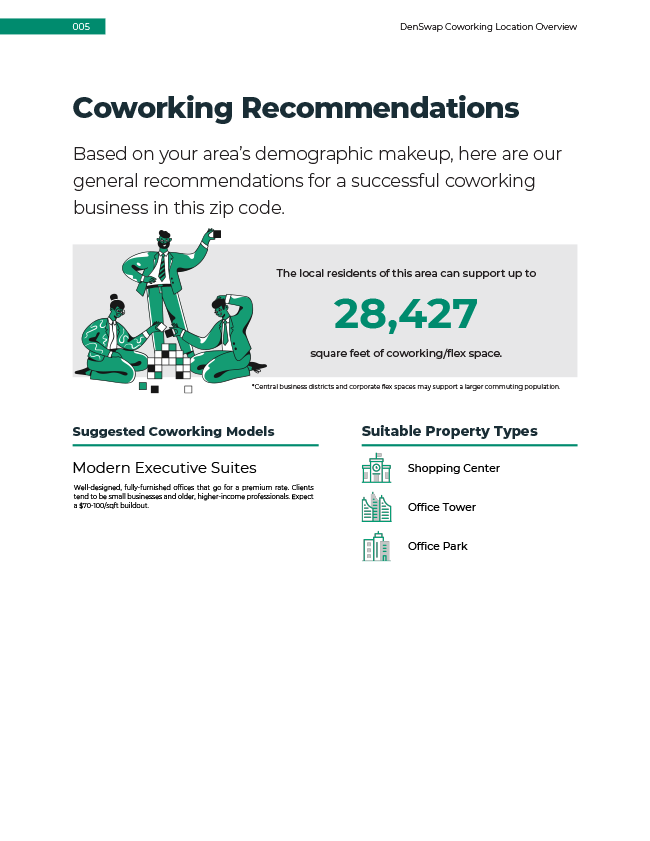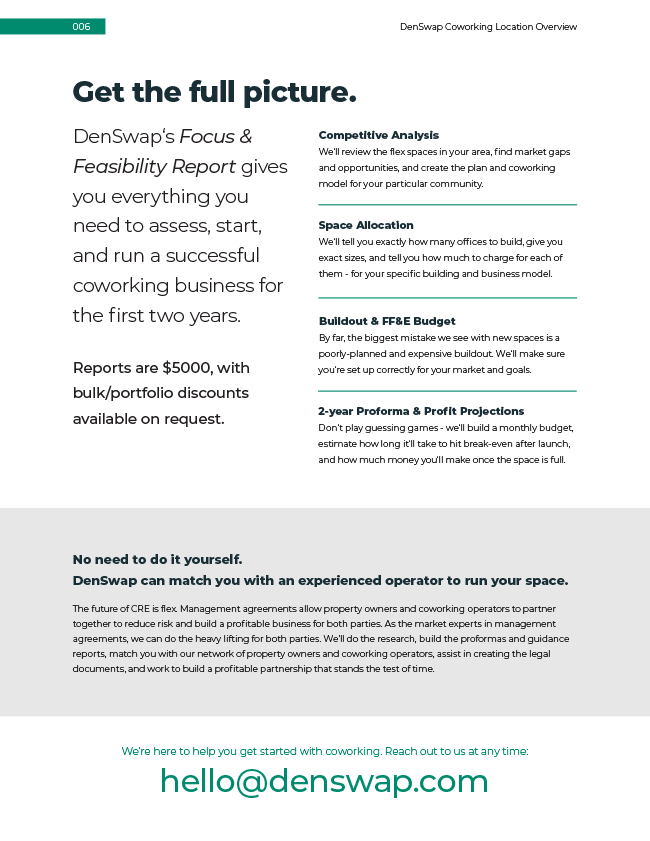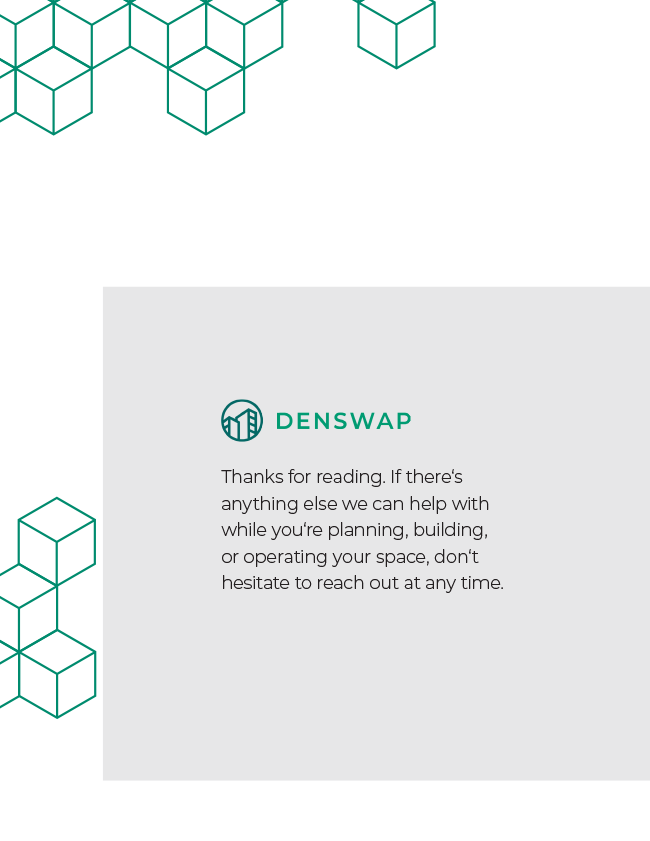Growing a coworking chain through acquisition
It’s not the traditional lease or even furniture choice that makes a profitable location. It’s the operations, acumen, and hospitality that makes a profitable business. For the savvy owner, acquiring locations brings many advantages over starting them.
The first decade of coworking saw a few thousand independent coworking spaces open with the same business model: get a commercial lease in a good part of town, fill it with furniture, spend money on Facebook ads, fill the space, (hopefully) profit in a few years. As the best coworking brands opened additional locations, the business model stayed the same for the next batch of locations: find a new place to rent, take a out loan for the buildout, fill the space, hit profitability somewhere in the next two years. Simple, right?
The coworking market is maturing, and the first batch of coworking spaces are closing down as the owners leave or are pushed out of the market by better-run competitors. For well-run brands looking to expand, there are a great deal of advantages to an acquisition-first growth strategy. In fact, we’ve been working with some of the coworking’s largest companies to grow through mergers and acquisitions. Here’s the top reasons why you should consider buying existing businesses through the marketplace:
Buying an existing location is less risky than starting one from scratch.
New locations always bring risk to the core brand. Owners who start a new location from scratch may have more control over the business location and initial buildout, but buying an existing business brings years of real-world performance and data to the table. When you buy an existing business, you know exactly what you’re getting up front – good, bad, and ugly. Most spaces come with the buildout done and the community in place, and a savvy owner is able to add their strengths and brand to bring the location up to your standards. When a coworking business comes up for sale in a market you’re interested in, you can look at the exact set of strengths and weaknesses and decide whether to pursue the space or not. You may or may not like the future prospects of the location, but that’s an informed decision you get to make. Two years from now, the space you start from scratch will have its own set of strengths and weaknesses that you can’t see upfront.
There’s always an additional risk to starting new locations from scratch. Oftentimes the money spent starting a new space can tank the good spaces that were established first. In early 2020 we helped sell a three-location business in a major US city. Their first location, a 5000sqft location in the owner’s home neighborhood was a roaring success. He followed up on that success by doing what most early coworking entrepreneurs did at the time – to go all-in on an even bigger space in an even better neighborhood and spend even more money on round 2, then later round 3… to find that the “secret sauce” didn’t translate well in an environment with increased competition. Had he purchased an existing space in that same area, he would have seen the competitive pressure from other spaces reflected ahead of time in the rent rolls.
Buying spaces allows you to cheaply test out business initiatives.
You can also use additional locations as a lower-cost way of testing out business concepts before committing time and energy to a full buildout. If you’ve been traditionally in the Texas area and want to try expanding to Colorado, it’s much better to purchase a small space in Colorado that already has a local community, has been operating for a while, and you have the chance to learn from a local business owner as part of the deal. Even if that owner wasn’t able to make the numbers work out, you can fill in the operations + marketing from your own expertise, and use their area of expertise before they vacate the property. That makes new markets much more accessible as an expansion strategy.
It takes less time to reach profitability with a purchased space.
Most spaces on DenSwap are either break-even or already profitable. Of course, the price multiple for profitable businesses increases as its cashflow does, but there’s a large advantage to having a cashflow-positive space on day one.
Most locations take six months to two years to reach profitability. Even for well-known brands, word-of-mouth and local brand recognition take time to build.
Additionally, it’s much easier to obtain financing to purchase a cashflow-positive business with an existing client ledger. Most businesses for sale can provide the tenant contracts, which can be passed along to the financing bank to help the loan approval process. Most lenders we’ve seen are also likely to extend multiple loans for mergers and acquisitions of cashflow-positive businesses vs. one at a time for typical lease-buildout cold starts.
There are incredible deals available for savvy buyers.
If you asked a hundred different coworking owners why they’re selling their space, you’ll get a hundred different answers. Many have run their businesses and communities well and are looking for a well-deserved payout for their years of establishing a cashflow machine. There’s value in buying a company like that. On the other hand, many coworking owners are tired. Perhaps they like the entrepreneurial spirit of starting a business more than actually operating one, or they like being a member of the community without being the person that holds it together.
Whatever the reason, we see a lot of owners get their business past the two years it takes to get to profitability, and decide ownership is not for them. For owners who are willing to run the unglamorous long haul, there are often incredible deals. In late 2019, we sold a small space in Chicago to a coworking chain from another city. They had spent 80K in new furniture just months before, but owner fatigue and disagreements among the partners led them to list their business for sale. The purchase price was only 60K – less than the asset value, and with a (thinly) profitable rent roll. The new owner was able to reconfigure the floor plan based on what the community actually used after three years of being open versus guessing when starting a space from scratch. They moved desks, added offices, and found cost savings based on experience of running a space. The new buildout and furniture costs an additional $40,000, but is projected to bring in an additional $7,000 a month in revenue and $84,000 annually. The new owner is on track to get a return on his investment in 12 to 13 months.

The market is growing up.
As more and more chains use acquisition as a low-risk, high-value expansion strategy, market share will continue to consolidate underneath the most savvy business investors. Whether your brand consists of mom-and-pop home spaces or a portfolio of Class A tier-1 city CRE tigers, M&A will be an essential part of your, or your competitors’, strategy.

